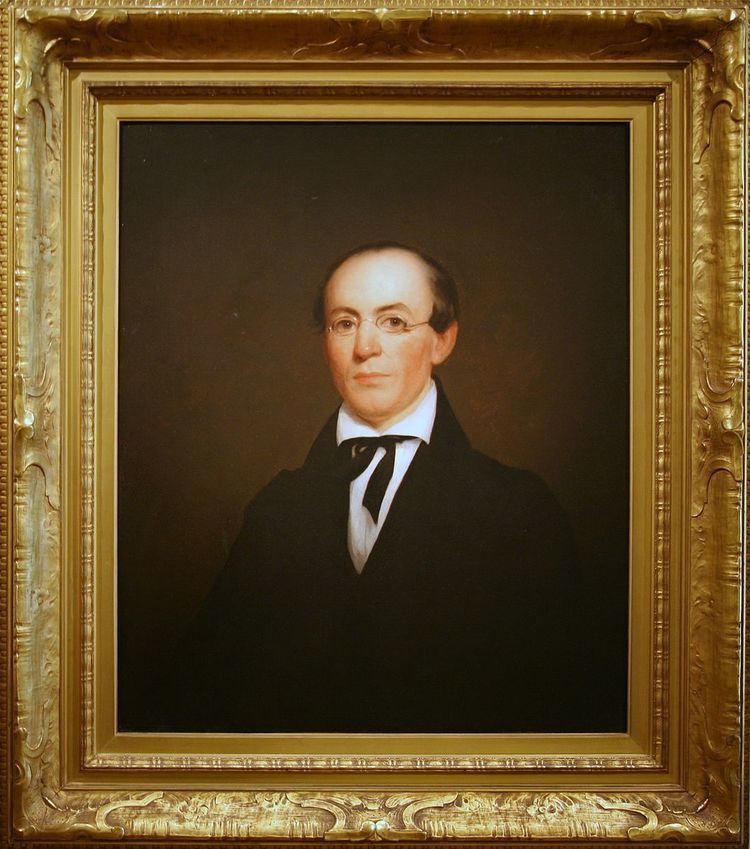 | ||
The Massachusetts Anti-Slavery Society headquartered in Boston was organized as an auxiliary of the American Anti-Slavery Society in 1835. Its roots were in the New England Anti-Slavery Society, organized by William Lloyd Garrison, editor of The Liberator, in 1831.
Contents
New England Anti-Slavery Society
The New England Anti-Slavery Society (1831–1835) was formed by William Lloyd Garrison, editor of The Liberator, in 1831. The Liberator was also its official publication.
Based in Boston, Massachusetts, members of the New England Anti-slavery Society supported immediate abolition and viewed slavery as immoral and non-Christian. It was particularly opposed to the American Colonization Society which proposed sending African Americans to Africa.
The Society sponsored lecturers or "agents" who traveled throughout the New England area, speaking in local churches or halls, and also selling abolitionist tracts or The Liberator. Whenever possible, the Society's agents would also encourage the formation of local anti-slavery societies. By 1833 there were 47 local societies in ten northern states, 33 of them in New England. The Society also sponsored mass mobilizations such as yearly anti-slavery conventions and celebrations of July 4 or the Anniversary of the Abolition of Slavery in the West Indies, August 1.
Massachusetts General Colored Association
In January 1833, Thomas Dalton, president of the Massachusetts General Colored Association, led a successful petition to merge with the New England Anti-Slavery Society. Separate black anti-slavery societies had already existed in Massachusetts, New York, Ohio, Connecticut, and New Jersey, however, a strong feeling against the organization of separate anti-slavery societies had been emerging.
Together they organized Anti-Slavery conventions and speaking programs throughout New England.
Sometime after Joshua Easton was sent as a delegate to the New England society in 1833, African Americans were granted full membership in the organization.
American Anti-Slavery Society
In 1833, Garrison and Arthur Tappan expanded this society and formed the American Anti-Slavery Society. The American Anti-Slavery Society, however, attempted to create state-based organizations under the umbrella of its Executive Committee. At first the New England Anti-Slavery Society and the American Society worked together with the New England Society becoming an auxiliary in 1834.
History
In 1835, however, the New England Society gave up its regional jurisdiction and reorganized into the Massachusetts Anti-Slavery Society. Annual meetings were held in Boston at Julien Hall, Melodeon, and Tremont Temple. Officers included James N. Buffum, Francis Jackson, Wendell Phillips, Parker Pillsbury, and Edmund Quincy. Lecturers affiliated with the society included William Wells Brown, Frederick Douglass, Samuel Joseph May, and Charles Lenox Remond.
The society held conventions in:
Following the Civil War the Massachusetts Anti-Slavery Society took up the cause of racial equality.
